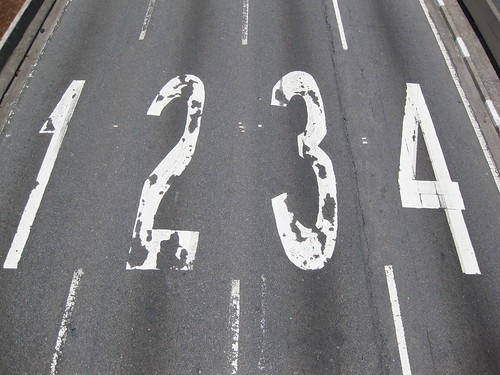There is a new issue of the Journal of Specialized Translation out that’s devoted to crime fiction in translation, and one of the articles, by Kerstin Bergman, analyzes Denise Mina’s adaptation of the Girl With the Dragon Tattoo and The Girl Who Played With Fire into graphic novels. In particular, she focuses on the way Lisbeth Salander is depicted, finding the graphic novel character more sexualized and less feminist, with the overall story more of a crime adventure tale and less a work of critical feminism – partly echoing the visual style of comic book traditions, partly because the entire story is trimmed down, leaving out some of the social and political context. Having read one of these, I concur with her analysis, even though I am a huge Denise Mina fan. (I suspect that when a character is embraced by so many people in very different culltural contexts, we each end up with a slightly different Salander in our imaginations.)
Kerstin Bergman has also just published a terrific book, Swedish Crime Fiction: The Making of Nordic Noir, which I hope to review here very soon. Barry Forshaw praises it at CrimeTime (but wants you to buy his books, too.)
At Stop You’re Killing Me (a fabulously useful website that I fervently help will never stop) Lucinda Serber has a review of Anna Jansson’s Strange Bird, published by Stockholm Text in 2013. As usual, it’s not the first in the series. She calls it a “powerful scientific thriller” about a bird-borne disease that not only makes people sick, it brings out the worst in them. That’s an eerily timely topic.
Lynn Harvey reviews Kjell Ericksson’s newly translated Black Lies, Red Blood, which she finds embodies the social conscience of Scandi crime to an extent that might frustrate those looking for who dunnit or quick thrills. She concludes “these digressions are the result of Eriksson’s urge for realism and social reportage and if that informs the spirit of Scandi-noir for you – then BLACK LIES, RED BLOOD is also the latest in your essential reading.”
Laura Root reviews Karin Fossum’s The Murder of Harriet Krohn at Euro Crime, She finds this seventh in the Konrad Sejer series well-written but not as compelling as other books Fossum has written. It, like others, explores how an ordinary man can do awful things while, at heart, remaining a rather boring person.
I was chuffed to be interviewed a while back via email for a couple of articles about Scandinavian crime fiction in a Brazilian newspaper. I’m afraid I didn’t say anything profound or original, though it appears as if I actually know some Portuguese. (Sadly, I don’t.)
I missed the mainstream reviews, which have been plentiful, of Jo Nesbo’s latest novel, a standalone, which has met with a variety of responses. Val McDermid isn’t impressed by The Son, which she finds implausible, predictable, and too long. “Strip away the platitudes and the interior monologues, spare us the sentimentality and the self-justification, and this could have been a dark and muscular slice of noir that chills to the bone. Instead, it’s overblown and preachy with the kind of faux-nobility with which Hollywood loves to invest its villains.”
I’m afraid I felt rather the same in my review at Reviewing the Evidence, which concludes on this congenial note:
As always with Nesbø, the plot is deviously convoluted and the workings of escapades worked out like fine-tuned machinery. The main characters are full of charm and faults, driven and smart, but tempted by their addictions. The police force is riddled with corruption and crime is highly organized. There are times when the characters wax philosophical and ponder the nature of free will and hard choices between action scenes. It’s entertaining and, as always, full of twists, with a bit more of a morality play included than usual.
What it doesn’t have is any sense that what’s happening in the story owes any resemblance to reality. Nesbø’s books, which once were fresh and startling, offering a good bit of thought-provoking fun, have become a little too burdened with special effects. He owes more to Hollywood than to Maj Sjöwall and Per Wahlöö, the grandparents of contemporary Scandinavian crime fiction and the social critique it is known for. Nesbø doesn’t hold up a mirror to society or probe what ails it. It’s pure entertainment all the way down.
I have piles of reviews to write – eventually. Meanwhile, those of you in the Minneapolis area, don’t forget that on August 9th Once Upon a Crime will be hosting three Finnish crime writers worth meeting. The greatest mystery I’m pondering right now is how it can possibly be August already.


 mystery sweepstakes.”
mystery sweepstakes.” At Eurocrime, Laura Root also reviews
At Eurocrime, Laura Root also reviews 
 Dennis O’Donnell, book geek
Dennis O’Donnell, book geek For an alternative view, see what
For an alternative view, see what  The Globe and Mail reviews
The Globe and Mail reviews